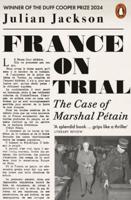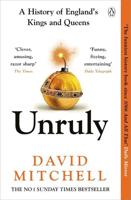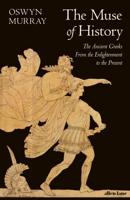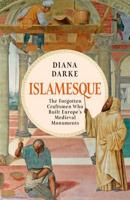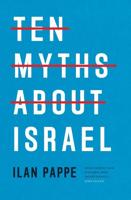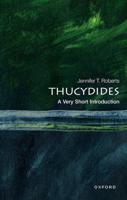Publisher's Synopsis
From the Preface.
The present work is intended to meet the wants of a large number of persons, especially sportsmen, who are interested in birds and would like to know their names, but often find it no easy task to identify them by the -bird books.- To all such I offer this Key, in which the species are arranged in groups according to size, and believe it will enable any one unfamiliar with birds to identify with Comparative ease any species of our North American Anatidae.
Birds vary so much in size that the length of any one specimen cannot be accepted as a standard for others of the same species. The length measure is, nevertheless, of value to enable us to form an approximate idea of the size of the bird. The length of the wing is, however, much less variable, and is an important aid to the identification of many species. In fact, the variation is so small and constant that, allowing for possible extremes, they may be arranged in groups according to length of wing. The identification of any species then becomes a very simple matter, as usually the birds contained in each group are so few in number that characteristic differences in each species are easily indicated.
Let us assume, for example, we have before us a bird which we wish to identify. We first measure the wing (see directions for measurements, illustrated, page 7), and. we find the wing measures 5.90 inches long. We now turn to the -Index to Key, - and find that Group I. contains birds having the wing measuring from 5.50 to 6.50 inches long. Turning to Group I., we find it contains two sections; Section 1 comprising ducks having a hind toe without flap or lobe, *and Section 2 comprising ducks having a flap on the hind toe. As our duck has a flap on its hind toe, it evidently belongs to this section. We find Section 2 divided in two parts; Part 1 with tail feathers not stiff and pointed, and Part 2, tail feathers stiff and pointed. Our duck has stiff, pointed tail feathers, and therefore belongs in Part 2. Part 2 contains two species; one having front of head and cheeks black, the other with sides of head more or less white. As our duck has a patch of white on the side of the head, it must therefore be the Ruddy Duck, Erismaturu rubida.

